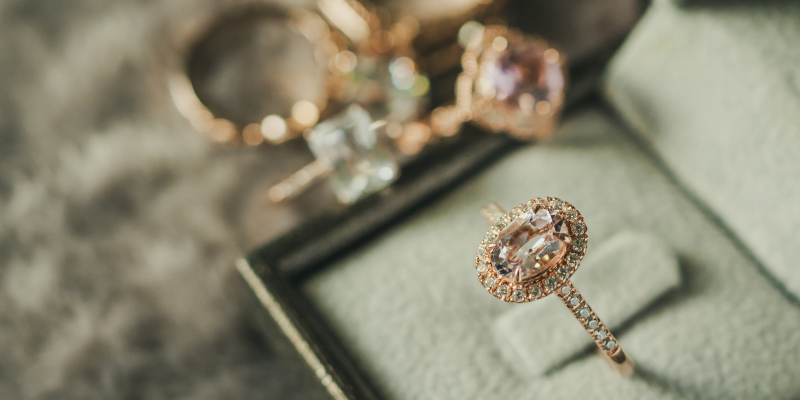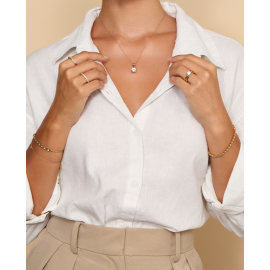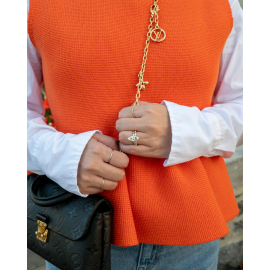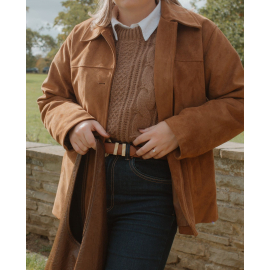Price match guarantee

We’ve teamed up with Klarna to provide flexible payment options, allowing you to shop the way you want. With Klarna, you can split your payment into 3 instalments or choose to pay later, making your shopping experience smoother and more convenient. Your order total must be between £100 and £499 to qualify.

We’ve teamed up with Klarna to provide flexible payment options, allowing you to shop the way you want. With Klarna, you can split your payment into 3 instalments or choose to pay later, making your shopping experience smoother and more convenient. Your order total must be between £100 and £499 to qualify.

July 07, 2020 | by Admin
It is law within the UK that every item of precious metal sold such as Platinum, Gold, Silver is stamped labelling the item with the type of metal it is. Platinum pieces which weigh less than 0.5 grams, 18ct Gold and Palladium pieces weighing less than 1.0 gram and Silver pieces weighing less than 7.78 grams are except from hallmark.
At Diamonds Factory all our products are hallmarked as per UK hallmarking law from London Assay Office (The GoldSmith Company)
The Goldsmiths' Company Assay Office is the oldest assay office in the United Kingdom. It has provided hallmarking services since The Goldsmiths' Company was founded in the 1300s. The company received its royal charter in 1327 and ranks 5th in order of precedence of the 12 Great Livery Companies of the City of London.
Hallmarking dates back to the 1300s when Edward I of England passed a law requiring any item made of silver, which was offered for sale, to be at least of equal quality as that of the coin of the realm (silver currency). The wardens of The Goldsmiths' Company were tasked with visiting workshops in the City of London to assay (test) silver articles. If these articles were found to be below standard they were originally destroyed and the metal forfeited to the King. If they passed, each article received the King's mark of authentication - the mark of a leopard's head. By 1478, there were several hundred workshops and merchants manufacturing silver articles in the City of London. It was not possible for the wardens to visit them all so the merchants were ordered to bring their items to Goldsmiths' Hall for testing and marking and a permanent Assay Office was established in the building. This is the origin of the term hallmark - struck with the King's mark at Goldsmiths' Hall.
In 1544 the Goldsmith's Company adopted the King's mark as their town mark and the mark of the leopard's head is now internationally recognised as the mark of this assay office.
The Goldsmiths's Company Assay Office is still based at Goldsmiths's Hall and remains the oldest company in Britain to be continually trading from the same site. However, it also has two satellite offices; at Greville Street in Hatton Garden in the heart of the London jewellery quarter and within a high security complex near London's Heathrow airport. It now has a new off-site facility within the Dalston-based jewellery manufacturer, Allied Gold. This is the first time in the Assay Office's 700 year history that it has opened permanent hallmarking services on a customer's premises.
In addition to hallmarking, the office has now expanded its range of services to support the jewellery trade and enforcement authorities. It offers a variety of specialist analytical services including nickel, lead & cadmium testing, antique silver dating, non-destructive compositional analysis, plating thickness measurement and a melt and assay service for scrap precious metal carried out in their fully independent on-site laboratory. Other services offered are a jewellery valuation service, laser marking, trading standards assistance, high quality photography and a comprehensive range of training and educational seminars, lectures and specialist events.






Luxurious, elegant and unforgettable in design, vintage style rings are a great choice no matter the occasion. If you have always been intrigued by antique and vintage jewellery, we reveal everything you need to know about vintage style rings and the occasions you may wish to buy them for.
What is a vintage style ring?
An antique or vintage ring is technically one that is over 50 years old - however, vintage style rings take on a whole new meaning. Vintage-style rings don’t have a specific definition but are seen as reproduction or style that has been inspired by an older era. Typically vintage style rings are brand new but are reminiscent of a specific era, which we discuss in more detail later on.
When would you buy a vintage style ring?
There are many occasions you may wish to buy a vintage style ring. They make particularly good gifts, especially if your loved one is a fan of vintage jewellery, for almost any special occasion such as a birthday or anniversary. They can also be a great option if you are looking for an engagement ring.
Are vintage engagement rings popular?
Yes, vintage engagement rings are surprisingly popular with modern couples. From coloured gemstone engagement rings to delicate diamond rings, vintage style rings have become favoured for their unique qualities and their bespoke appearance.
Styles of vintage rings
Did you know there are different types of vintage rings? Each one is inspired by a particular era, and you can easily determine which one by looking closely at its design. Milgrain and filigree detailing, intricate diamonds, and unique settings are what make vintage rings so covetable.
Victorian vintage style rings
There were plenty of different ring styles during the Victorian Era (1835-1900). Generally, ring designs in this era were lavish and decadent. Halos, clusters and rows of diamonds became highly popular during this time, and jewellery tended to be crafted from yellow or rose gold. Bypass settings and split shank styles were also very popular, and most pieces of jewellery were designed to make a statement. These styles are still sought after today and seen throughout a lot of vintage-inspired jewellery.
Edwardian vintage style rings
Jewellery in the Edwardian Era (1900-1920) was very romantic in style. Unlike most jewellery made in the Victorian Era, rings were often crafted from platinum, and coloured gemstones also rose in popularity. Diamond rings during this period had a lacy appearance, often including filigree and milgrain detailing, along with floral motifs. A lot of vintage style rings take inspiration from this romantic period, and intricate lace-like detailing is often used in ring designs today.
Art Deco vintage style rings
The Art Deco Era (1920-1940) showed a stark contrast to the romantic styles of the Edwardian Era. Art Deco rings featured different diamond cuts and repeated geometric patterns to create one unique design. Today, vintage style rings are heavily inspired by the Art Deco Era, and they can easily be identified by their bold, geometric appearance.
Retro vintage style rings
From bold to minimal, rings in the Retro Era (1940-1960) got stripped back to a simpler, more delicate style. Rose gold and yellow gold became the metal of choice for diamond rings in this era, possibly due to platinum being banned for non-military use during the beginning of the period. Solitaire styles and baguette side stones became a popular choice for rings, and this can be seen in plenty of vintage-inspired rings today.
A vintage-style ring makes a great gift, whether for yourself or a loved one. Each one is reminiscent of popular designs within a certain period. Revisiting the past has never looked so beautiful - intricate diamonds, bold geometric patterns, milgrain and filigree detailing are what makes each piece feel so unique.
Discover our entire collection of vintage engagement rings or head to our other article to learn how to clean your diamond jewellery at home.